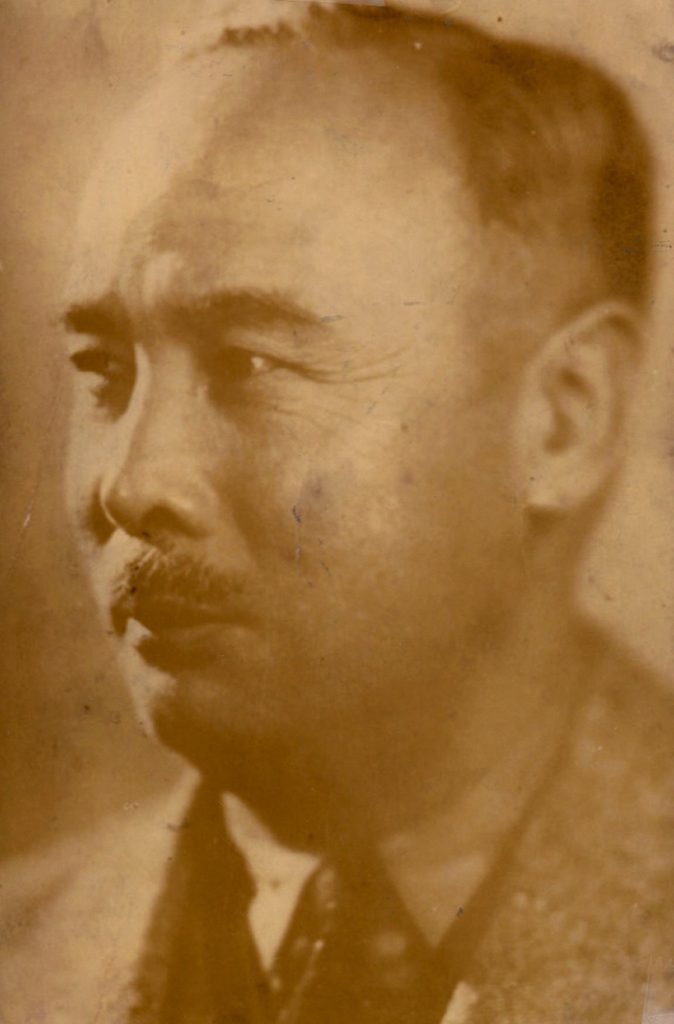No, this is not a typo. The Peoples Republic of Korea was a short-lived provisional government on the Korean Peninsula. It was also the last unified Korean state.
Prelude to the Peoples Republic of Korea
On August 15th 1945 Japan was defeated by the allies and surrendered. In the UK we know this as VJ Day (Victory of Japan Day), whilst in Korea it is simple known as victory day.
Of course we all know the history of how the Soviet Union and the United States were to carve up the Korean peninsula at the 38th parallel, but before this happened there was a power vacuum.
Endo Ryusaku the governor-general for the occupying Japanese forces wanted to negotiate the departure of the Japanese forces. He was to approach Lyuh Woon-hyung in Seoul. At the time he was the leader of the newly formed Committee for the Preparation of Korean Independence (CPKI). Thirteen days after surrender on the 28th August Lyuh Woon-hyung announced that the CPKI would function as the temporary national government of Korea.
Foundation of the Peoples Republic of Korea
On September 12th 1945 Lyuh Woon-hyung and fellow activists met in Seoul and proclaimed the Peoples Republic of Korea. This was accepted as the legitimate civilian government of Korea by the Japanese. The PRK in turn were to allow safe passage to the now defeated and retreating Japanese army.
They also announced the following conditions;
- Immediate release of political and economic prisoners across the country
- Secure food for the nation for the next three months
- Do not interfere with political activities
- No not interfere with education
- Do not interfere with the mobilization of workers and peasants into workers councils
The reason for Lyuh negotiating directly with the Japanese was to stop the massacres that were still occurring and to have an indigenous Korean government free from outside interference.
Was the Peoples Republic of Korea socialist?
There is much scholarly debate about this and in some respects the opinion differs depending on where people sit politically. What we do know is that the PRK organized local autonomy through Peoples Committees, the first of their kind to exist in the country.
They also set a program, which whilst it may seem tame by today’s standards was fairly revolutionary for its time;
Program
- We intend to build a completely independent country
- We are committed to establishing a completely democratic regime that can fulfill the basic economic, political and social needs of the entire nation
- We will maintain national order independently and secure public life in the temporary transition period
On the 14th September they also announced a 7 point program that included nationalizing much of Korean industry, confiscating business and land owned by the Japanese and implanting an 8 hour work day. Something that still does not exist even today. They also wished to end child labour, set a minimum wage and most interestingly have cordial relations with BOTH the USSR and the USA. Of course history intervened and we will never know what state it could have become. Could it have been the Yugoslavia of East-Asia?

The end of the Peoples Republic of Korea
The Americans arrived in September 1945 and as per their deal with the Soviets controlled everything south of the 38th parallel. The military governor Lieutenant-General John R. Hodge, the essential head of government of what would become South Korea refused to recognize the PRK and the Peoples Committees. On December 12th 1945 the PRK was outlawed, essentially marking the end of the Peoples Republic of Korea and indeed the last unified Korean state.
Famous American journalist Edgar Snow had the following to say about the PRK;.
“The United States landed in Korea without any preparation. However, there was already a founding committee in Korea and soon after there was political preparation. If the Americans had saved the National Preparatory Committee, the construction of Korea would have been faster and more beneficial”
Edgar Snow
Elements of the Peoples Committees would continue in various areas, particularly on Jeju Island, which would eventually lead to the Jeju uprising of the 1948-49. Also known as the Jeju massacre. Again depending on your point of view on things.
The PRK in the North
Whilst there was some opposition from people that wanted independence immediately the Peoples Committees fit better within a Soviet framework. Elements of the Peoples Committees and the PRK would continue until the formation of the Democratic Peoples Republic of Korea (DPRK), or the North Korea that we know today.
The PRK from a contemporary outlook
Koreans largely blame the desperation of their country on outside forces, quite understandably so. So whilst no one knows quite what would have happened if the Soviets and the Americans had left Korea to their own devices, we do know that the Peoples Republic of Korea was the very last unified Korean state.
Want to see the D-PRK? Then join us on one of our North Korea Tours.





